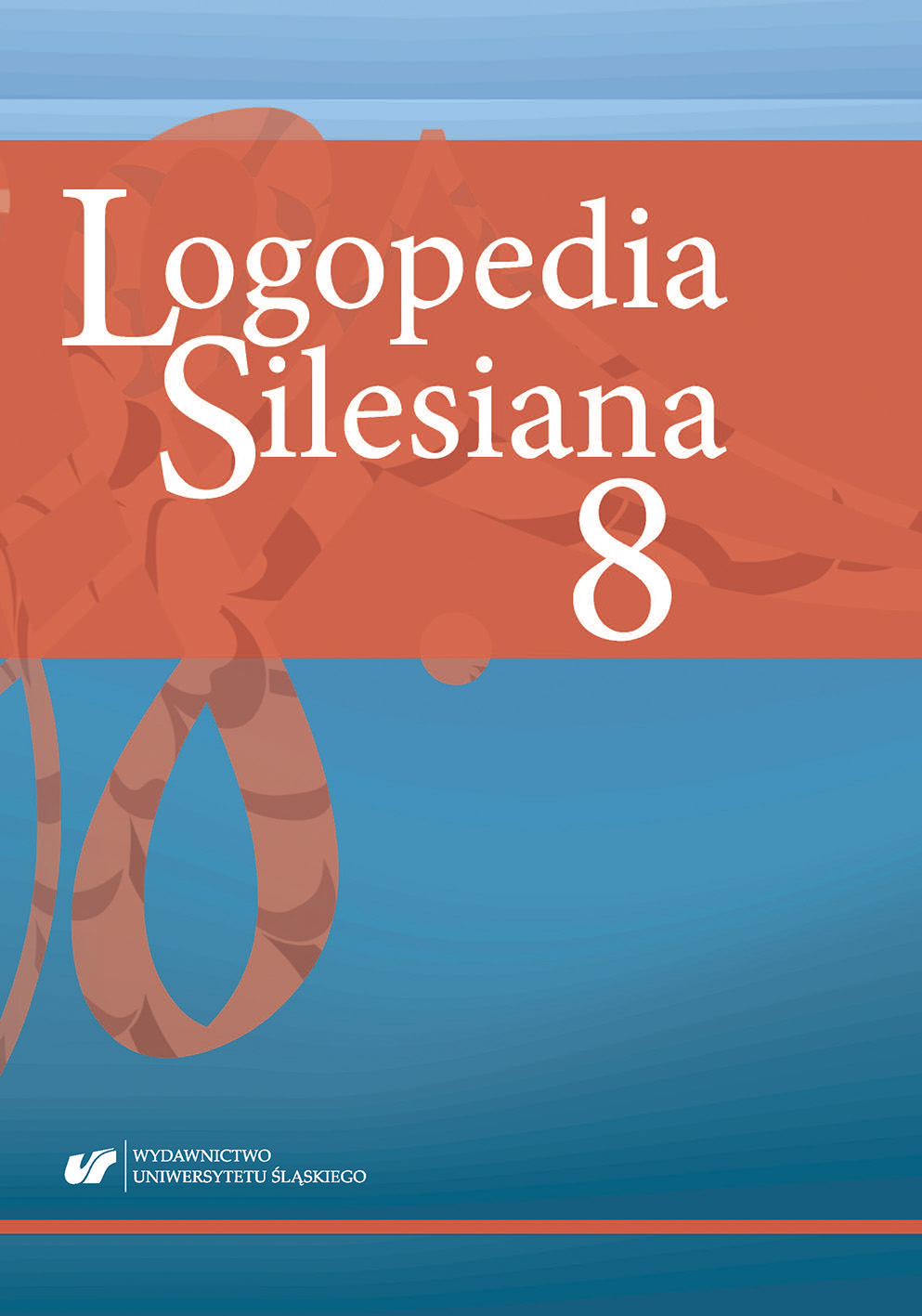

 https://doi.org/10.31261/LOGOPEDIASILESIANA.2019.08.09
https://doi.org/10.31261/LOGOPEDIASILESIANA.2019.08.09
This article presents the results of research carried out to assess the potential non-auditory causes of articulation defects in deaf children. Who was tested were twenty people with hearing impairment between the ages of eleven and seventeen, whose functional hearing is 40 dB on average, as assessed on the basis of tonal audiometry in a free sound field. The study involved a questionnaire assessing the structure of the articulation apparatus, a questionnaire assessing the fitness and muscle tone of the articulation apparatus, and a questionnaire assessing functions (physiological functions) within the articulation apparatus. The obtained results point to the need for an in-depth diagnosis of articulation and its condition among deaf patients, the determination of pathomechanisms of sound disturbances in the assessed speech, and the inclusion of broadly understood preventive mechanisms derived from logopaedics in the therapeutic process.
Download files
Citation rules

No. 8 (2019)
Published: 2019-12-22
 10.31261/LOGOPEDIASILESIANA
10.31261/LOGOPEDIASILESIANA